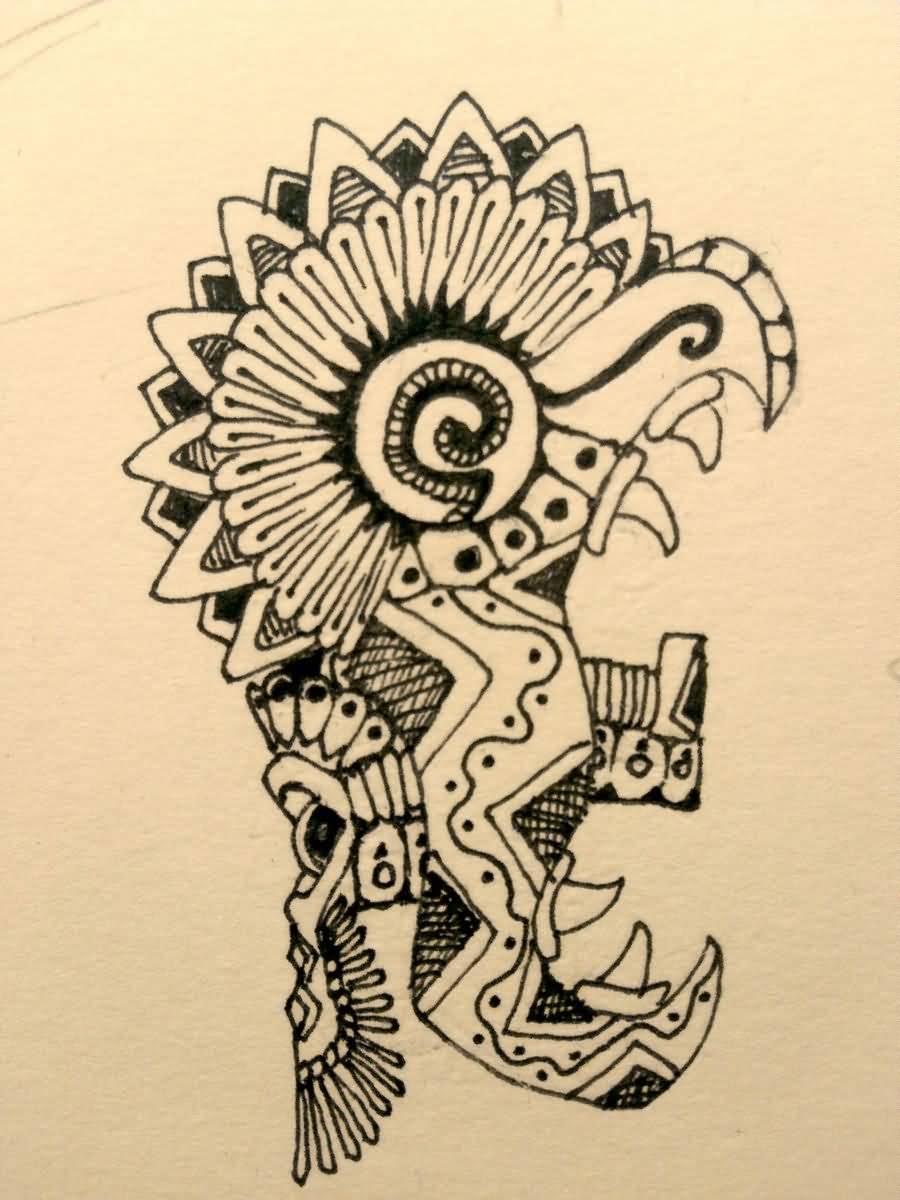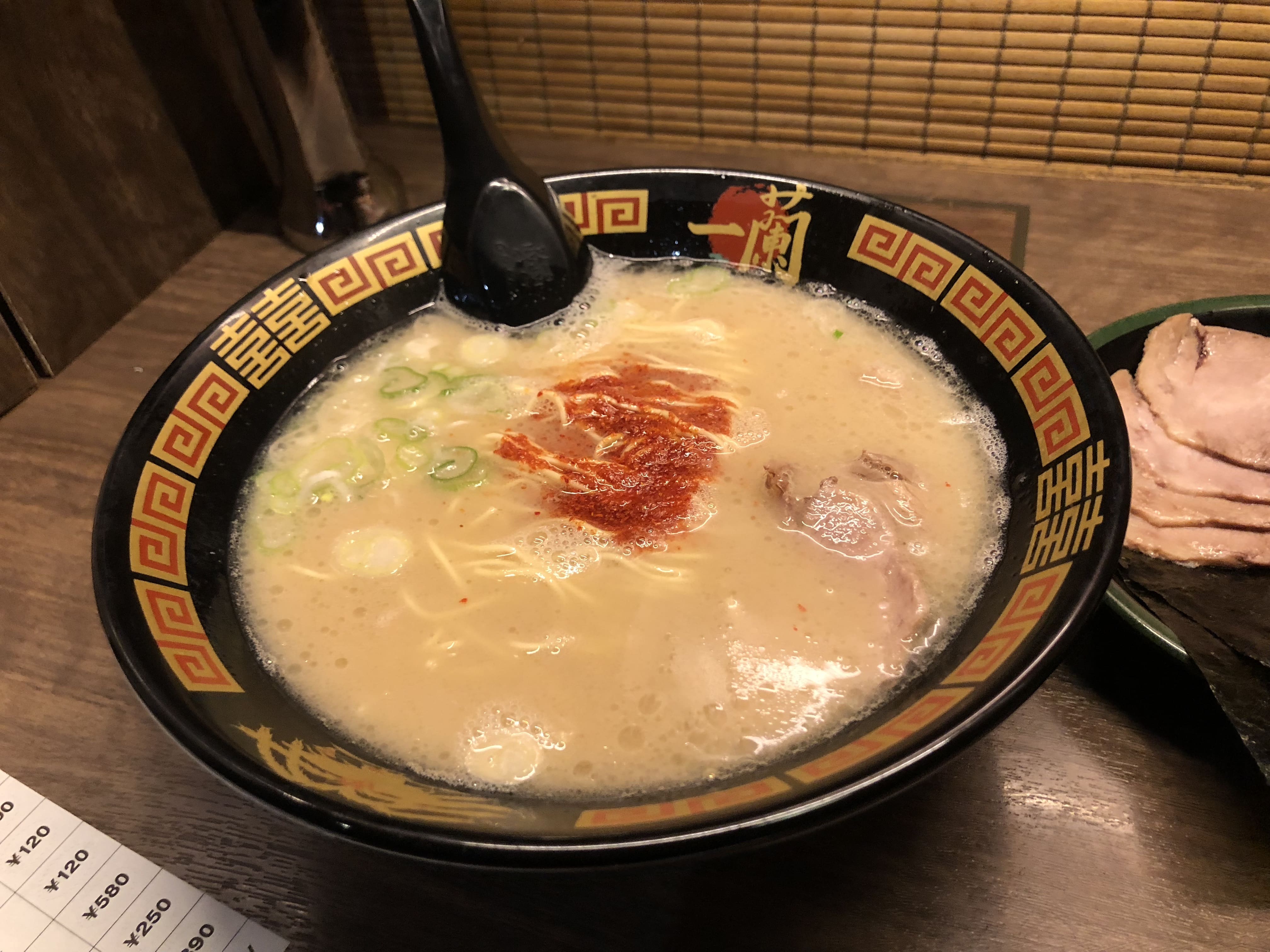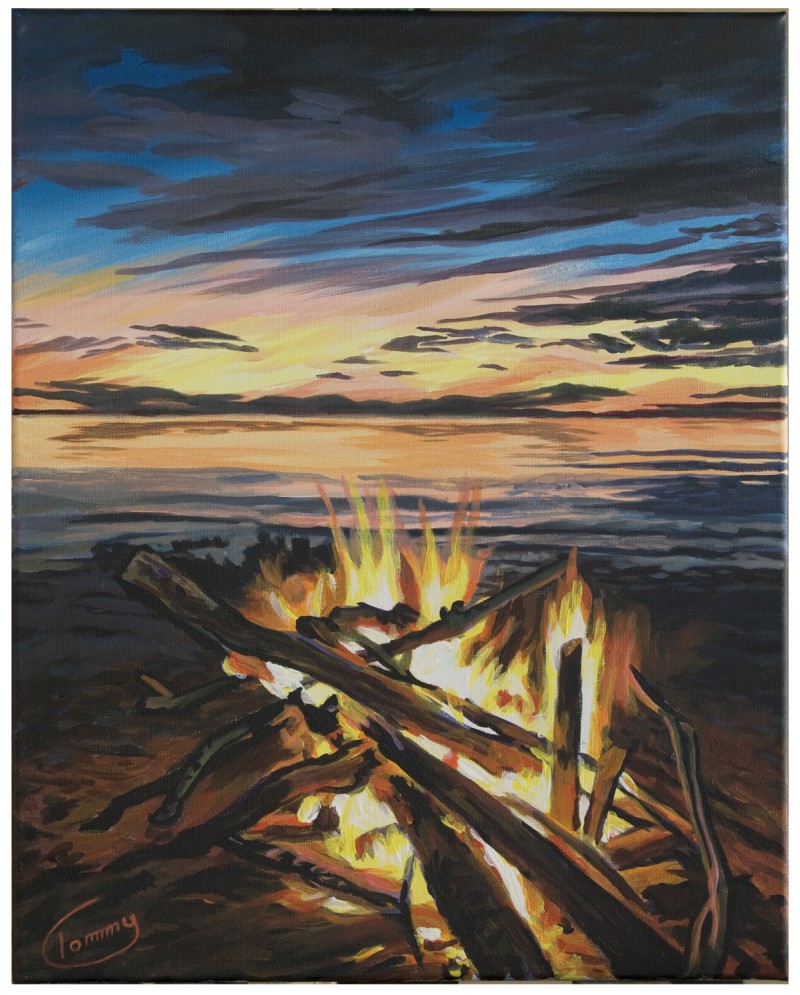Table Of Content
She holds a Bachelor of Art in Fine Arts from the University of the Witwatersrand, Johannesburg, where she explored themes like healing, identity, dreams, and intuitive creation in her Contemporary art practice. Jordan has collaborated with various local art institutions, including the KZNSA Gallery in Durban, the Turbine Art Fair, and the Wits Art Museum. Her photography focuses on abstract color manipulations, portraiture, candid shots, and urban landscapes. She’s intrigued by philosophy, memory, and esotericism, drawing inspiration from Surrealism, Fluxus, and ancient civilizations, as well as childhood influences and found objects. Jordan is working for artfilemagazine since 2022 and writes blog posts about art history and photography. This Mayan drinking vessel was created similarly to that of the codex style and portrays a scene depicting the Rain God Chahk wielding an ax in his left hand with his right hand resting on a split stone temple.
Designer Clear Heels: The Ultimate Combination of Style and Sophistication
The most important Classic examples consist of intricately worked lintels, mostly from the main Tikal pyramid sanctuaries,[24] with one specimen from nearby El Zotz. A rare utility object is a tiny lidded box from Tortuguero with hieroglyphic text all around it. Free sculpture in wood, dating back to the 6th century, is represented by a dignified seated man possibly functioning as a mirror bearer. The northern Maya area (Campeche and Yucatan) shows characteristics of its own. The Mayans were able to create structures that survived into the modern era using very basic materials. Despite the lack of available resources, Mayan buildings have mostly survived intact, giving us a glimpse into the past.
MOST FAMOUS ARTISTS AND ARTWORKS
Their rich history, intricate beauty, and cultural significance make them a timeless art form that transcends time and borders. The influence of Mayan designs can also be seen in contemporary architecture. Architects and designers often draw inspiration from the Mayans’ sophisticated understanding of geometry, proportion, and harmony with nature. Buildings feature elements such as stepped terraces, intricate carvings, and patterns reminiscent of Mayan temples, paying homage to the architectural legacy of the ancient civilization. Embark on a journey through time as we explore the fascinating world of Mayan designs.
Interesting Mayan Art Facts
At Etéreo, a New Resort on the Riviera Maya, Modern Design Meets Mexican Tradition - Vogue
At Etéreo, a New Resort on the Riviera Maya, Modern Design Meets Mexican Tradition.
Posted: Wed, 09 Mar 2022 08:00:00 GMT [source]
Decorative idols and figurines made from clay were fashioned by artists to enrich ceremonial altars. Wealthy Maya would give ceramic statuettes to one another as gifts to decorate their homes and later their graves. It is one of the most well-preserved stone statues from the Mayan civilization that we have discovered so far. This is due to the wood rotting as well as the fact that all wooden idols would have been destroyed by Spanish conquistadors who forced the Maya to convert to Christianity. However, historians believe that wooden carvings would have been commonplace in Mayan society. One of the largest zoomorphs ever found was in Guiriqua and is known as Zoomorph P. It depicts one of its kings, Sky Xul, emerging from the mouth of a turtle.
Maya and Mayan designs
They managed to find a surprising number of ancient artifacts, even after all of the looting. One of the most fascinating things they found was a collection of nine ceramic heads. In 2007, archeologists began exploring an ancient Mayan archeological site in Nakum, Guatemala. The site had not previously been a priority due to the presence of drug cartels in the area, which made it unsafe for archeological teams to enter. The use of jade and malachite is particularly important as these as links to the supernatural in the Mayan belief system.
Jade was also seen as an incarnation of the element, water, in addition to breath and mist in its solid form. The burial tombs of many kings and political leaders contained clay statues and Mayan temples often featured decorative murals. The political instability incited an internecine war resulting in many people abandoning their cities and the migration of the population moving North. The Late Classic period was marked by the establishment of Chichen Itza, which was a massive Mayan-built society that lasted between 600 and 1200 CE.
Revitalizing Ancient Techniques
The coronation of a new king was marked by mass celebrations and complex ceremonies. They believed that the king and his bloodline were demi-gods with supernatural powers. They believed that an eclipse was when the two-headed serpent that lived in the sky would take a bite out of either the sun or the moon. During this time, certain rituals would be carried out to appease the serpent.
Discover the Rich History and Intricate Beauty of Mayan Designs
The Mayan locations were selected with the availability of essential stones in mind. This meant that most quarries were located just outside of the settlement, enabling convenient access to materials for construction. Traditionally, they would extend around an entire building and incorporate a range of artworks related to the people or functions of the various Maya buildings.

Uaxactn, a lesser Maya metropolis, is situated roughly 120 kilometers to the north. The temples also have various levels of underground burial halls representing the number of tiers in the underworld. We can actually read about all of the historical sacrifices and beheadings that took place in city centers because the Mayans had literary capabilities and left behind knowledge of their lifestyle. For example, the North Acropolis located at Tikal appears to have been modified countless times during a period that last around 1,500 years. The Mayans would start with a square and mark the square corner to corner with a vine or string. Because the Maya connected a religious significance to which ratios they utilized and when, their measuring system is known as sacred geometry, and the Egyptians were also known to practice it.
It represented the abundance of the natural world and the interconnectedness of all living things. Green was commonly used in depictions of plants, trees, and animals, highlighting the importance of the natural environment in Mayan culture. They were also incorporated into various artistic mediums, such as pottery, murals, and sculptures. These artistic representations allowed the Mayans to convey their beliefs and stories in a visually captivating manner.
She is known as the Red Queen by archeologists as her body was found covered in red paint. Body painting was a common art form used by the Maya for rituals as well as to declare one’s rank. Although stelae were a common art form used by the Maya none are quite as impressive as those found in the city of Quiriguá in Guatemala.












